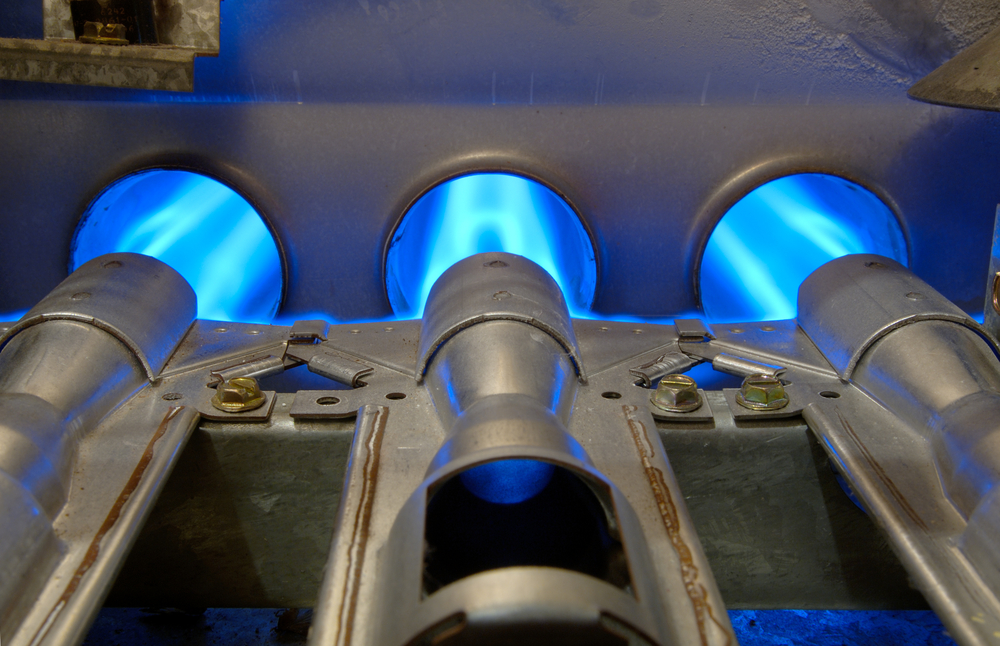When it comes to heating your home during the cold winter months, the gas furnace plays a crucial role. At the heart of this essential HVAC piece of equipment is a component known as the heat exchanger. But what exactly is a heat exchanger in a gas furnace, and how does it work? This article will delve into the intricacies of this vital component, its function, and its importance in the overall operation of a gas furnace.
What is a Heat Exchanger?
A heat exchanger is a device that allows heat from a fluid (a liquid or a gas) to pass to a second fluid (another liquid or gas) without the two fluids having to come into direct contact with each other. In the context of a gas furnace, the heat exchanger is the part of the furnace that heats the air that will be distributed throughout your home.
How Does a Heat Exchanger Work in a Gas Furnace?
The operation of a heat exchanger in a gas furnace is a fascinating process that involves a series of steps:
Combustion – The process begins when the gas furnace ignites the fuel (natural gas or propane), creating a combustion reaction. This reaction generates heat.
Heat Transfer – The heat from the combustion process is then transferred to the walls of the heat exchanger.
Air Heating – As the heat exchanger becomes hot, the air that circulates around it also heats up. This heated air is then distributed throughout your home via the ductwork.
Exhaust – Finally, the combustion gases, which can include carbon monoxide, are vented out of your home through the flue vent.
It’s important to note that the heat exchanger plays a crucial role in ensuring that the combustion gases do not mix with the air being circulated in your home. This is vital for the safety and health of the occupants of the house.
The Importance of a Heat Exchanger in a Gas Furnace
The heat exchanger is arguably the most important component of a gas furnace. Here’s why:
Efficiency – A well-functioning heat exchanger ensures that your gas furnace operates efficiently. It allows for maximum heat transfer from the combustion gases to the air, ensuring that your home is heated effectively.
Safety – As mentioned earlier, the heat exchanger prevents the potentially harmful combustion gases from mixing with the air being circulated in your home. A cracked or damaged heat exchanger can lead to carbon monoxide leakage, which can be extremely dangerous.
Comfort – By effectively transferring heat to the air, the heat exchanger ensures that your home is kept warm and comfortable during the cold winter months.
Common Issues with Heat Exchangers
Like any other component of a gas furnace, heat exchangers can develop issues over time. Some of the most common problems include:
Cracks or Holes: Over time, the heat exchanger can develop cracks or holes due to the constant heating and cooling cycles. This can lead to carbon monoxide leakage.
Rust or Corrosion: If the heat exchanger is exposed to moisture, it can rust or corrode. This can also lead to cracks and holes.
Improper Installation: If the heat exchanger is not installed correctly, it can lead to a variety of issues, including reduced efficiency and potential safety risks.
Regular maintenance and inspection of your gas furnace can help detect these issues early and prevent potential problems. It can also extend the life of your furnace so you get the most from your investment.
In conclusion, the heat exchanger is a vital component of a gas furnace. It plays a crucial role in heating your home, ensuring efficiency, and maintaining safety. Understanding how it works can help you appreciate the complexity and importance of your gas furnace. Regular maintenance and inspection are key to ensuring that your heat exchanger, and by extension, your gas furnace, operates effectively and safely.

